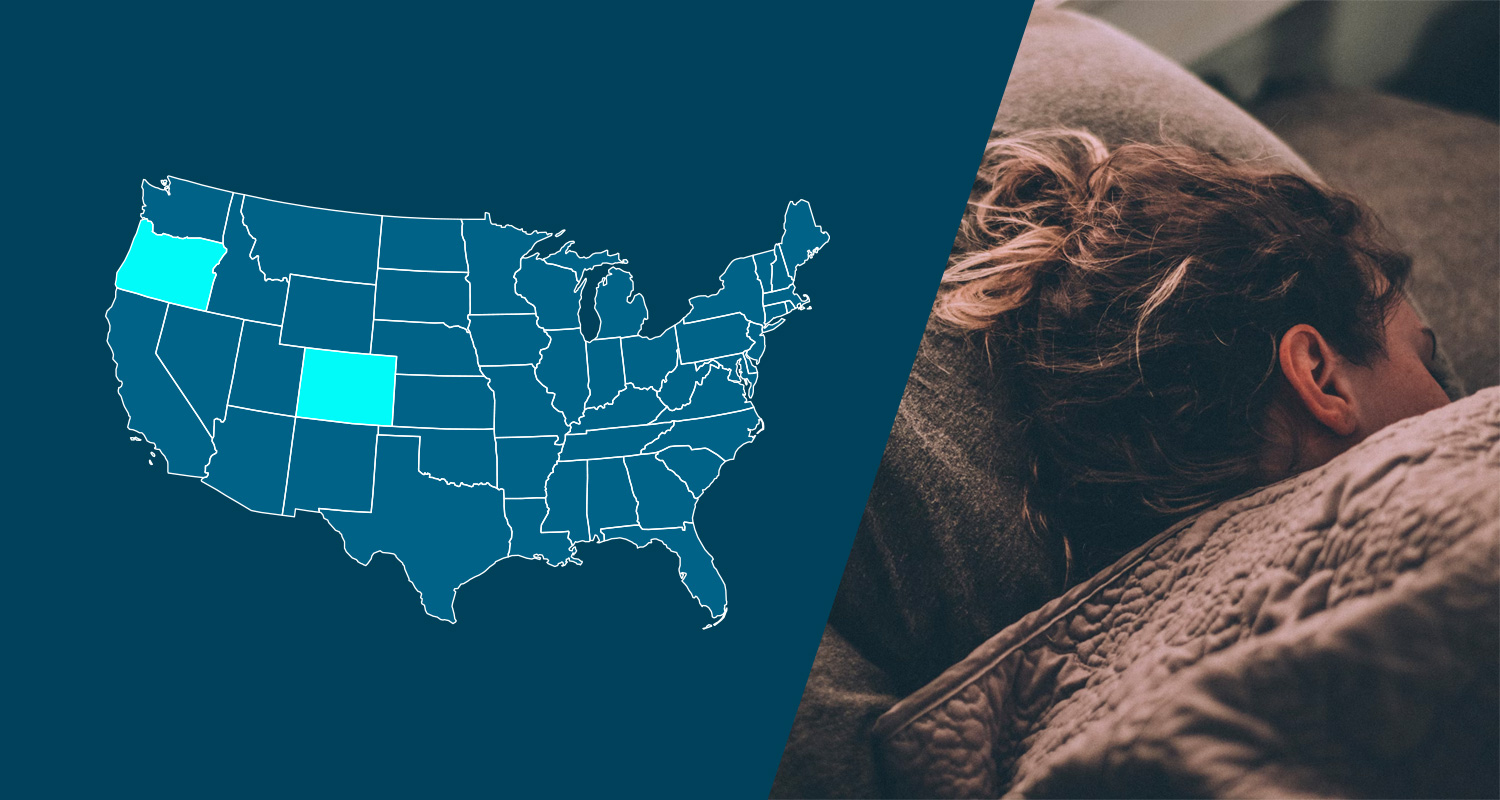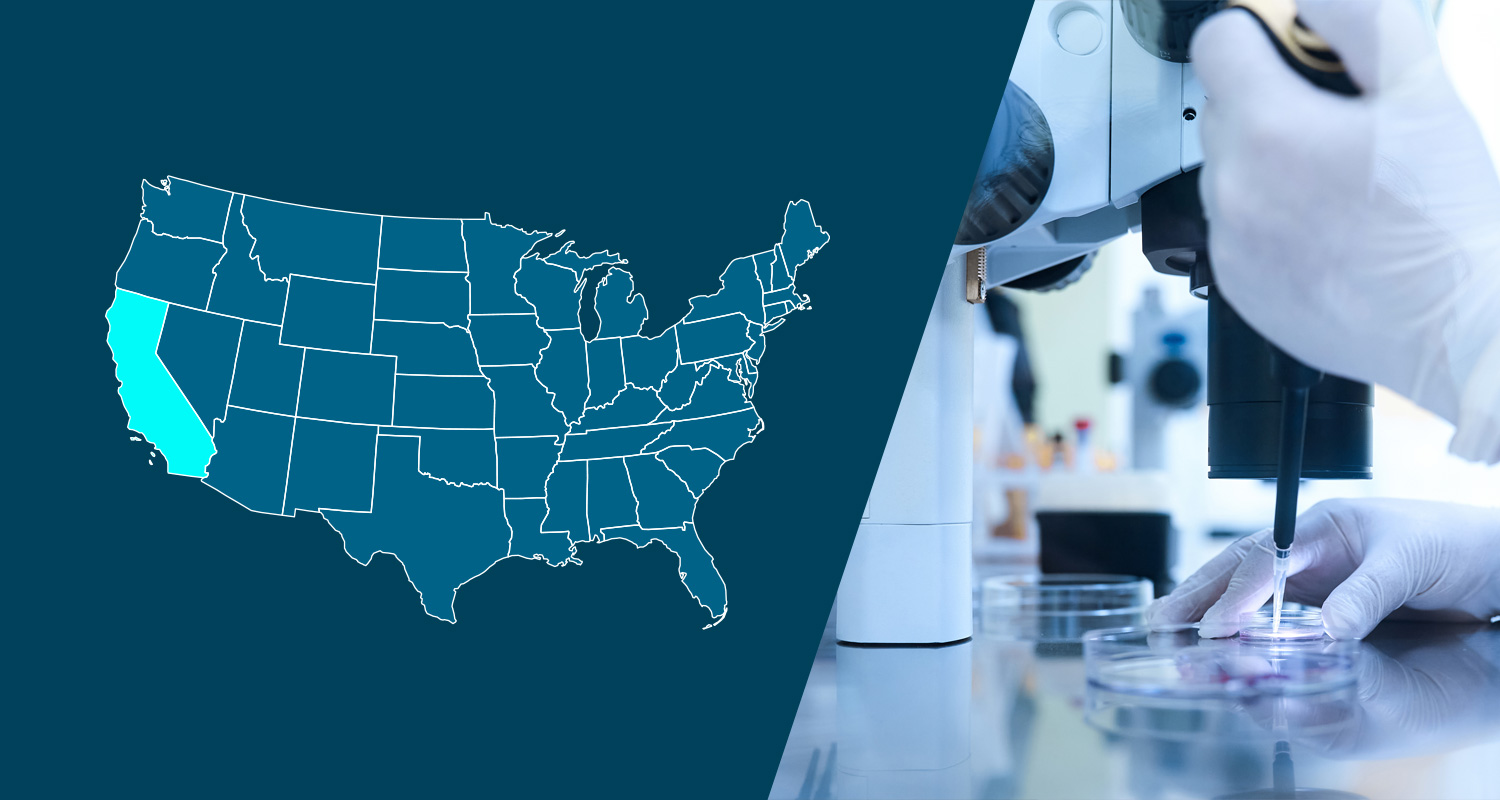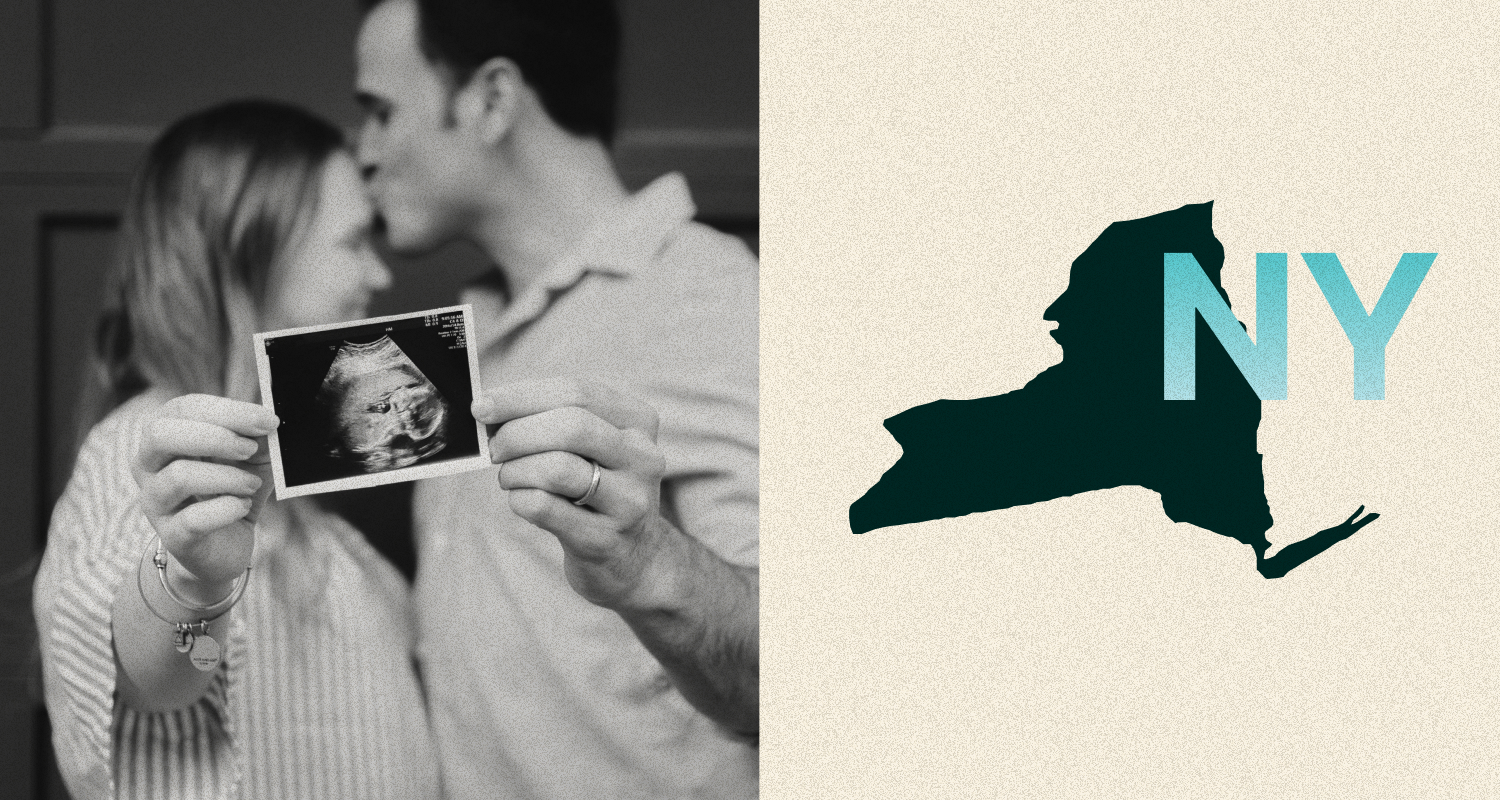At the outset of COVID-19, many states put sick leave laws into place specifically for absences due to COVID-19, while others enacted permanent leave laws for use during a public health emergency. With higher-than-normal rates of respiratory illness, such as RSV and flu, Colorado and Oregon have expanded their policies to include absences related to these and other respiratory illnesses.
Background
Under Colorado’s Health Families and Workplaces Act (HWFA), employers must provide up to 80 hours of paid sick leave during a public health emergency, known as Public Health Emergency Leave (PHEL). This leave portion took effect as of January 1, 2021 and remains in effect.
In January 2022, Oregon’s Family Leave Act (OFLA) went into effect, for employers with 25 or more employees, and defined a public health emergency and expanded sick child leave. The leave protected under OFLA is that which requires home care for a child (such that you would see with RSV, cold, flu, etc.).
Recent Developments & Current Requirements
On November 11, 2022, the governor of Colorado expanded PHEL to cover not only COVID-19 but also RSV, influenza, and “other respiratory illnesses”. This means that all Colorado employers must provide up to 80 hours of PHEL for absences relating to these illnesses. Absences for PHE-qualifying reasons are job-protected and employers cannot require documentation from employees to show that the leave is for this need. This entitlement will remain in effect until four weeks after the current public health emergency declaration expires. It is anticipated that will be at least February or March of 2023.
On November 14, 2022, Oregon’s governor declared a public emergency in response to an increase in pediatric cases of RSV. This declaration extends until March 6, 2023. The amendments expanded “sick child leave” to include home care due to closure of a child’s school or childcare provider due to a public health emergency and includes requirements for verification of a school closure. This entitlement must be given after 30 days of employment rather than 180 days as previously required.
Employer Action
Employers with employees in Colorado and Oregon will have additional leave obligations. There are no additional “buckets” of leave time to be provided, however, employers will want to familiarize themselves with the paid sick policies in the states in which they operate and update any current policies to include the addition of respiratory illnesses.
Additional Resources
The information and materials on this blog are provided for informational purposes only and are not intended to constitute legal or tax advice. Information provided in this blog may not reflect the most current legal developments and may vary by jurisdiction. The content on this blog is for general informational purposes only and does not apply to any particular facts or circumstances. The use of this blog does not in any way establish an attorney-client relationship, nor should any such relationship be implied, and the contents do not constitute legal or tax advice. If you require legal or tax advice, please consult with a licensed attorney or tax professional in your jurisdiction. The contributing authors expressly disclaim all liability to any persons or entities with respect to any action or inaction based on the contents of this blog. © 2023 Sequoia. All Rights Reserved.




